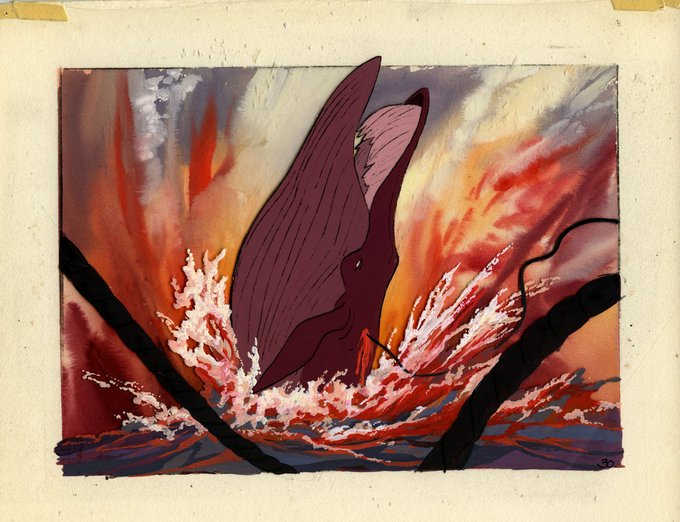#FossilFriday One study found a correlation between hominin brain size increase & East African carnivore extinction rates (but not with climate changes). Giant omnivores, giant otters, and sabercats were hit hardest by our kleptoparasitic ancestors, being wiped out completely.
Oh, I saw Thor: Love and Thunder a couple nights ago.
I thought it was fine? I haven't watched the first two MCU Thor films, but nothing in this film stood out to me as particularly egregious. I think I'd like to keep it that way, it was rather enjoyable.
TIL that Don Bluth was planning on making an animated film about a blue whale (called "The Little Blue Whale"), but it was completely cancelled due to the horrible failure of his previous film "Rock-A-Doodle".
Peak "this is why we can't have nice things" moment.
This was a post I made before but got no traction, so here I go again.
How do you think ancient, medieval, or early modern people would react to seeing fossil fauna alive? Intentionally vague to let you discuss any group of peoples and any fossil fauna.
Art by @arvalis
@BradtheCurator Thinking about how bad a bite would be from a Camarasaurus.
(Art by Bob Bakker)
Hot take: griffins would be scarier in reverse. On a proportional basis, a lion’s skull/jaws are more impressive than an eagle’s, while an eagle’s hindfoot claws are much more impressive and imposing than a cat’s.
Saber-toothed cats & dire wolves show different injury distributions, reflecting their different hunting methods (pursuit hunting vs ambush & grappling). Sabertooths were injured more frequently than dire wolves, suggesting their killing behavior involved greater risk of injury.
@Goji_Saurus "That's not how you use a sword you sil-"
WHY ARE THERE SO MANY LONG-ARMED HIGH BROWSERS???!!!






















